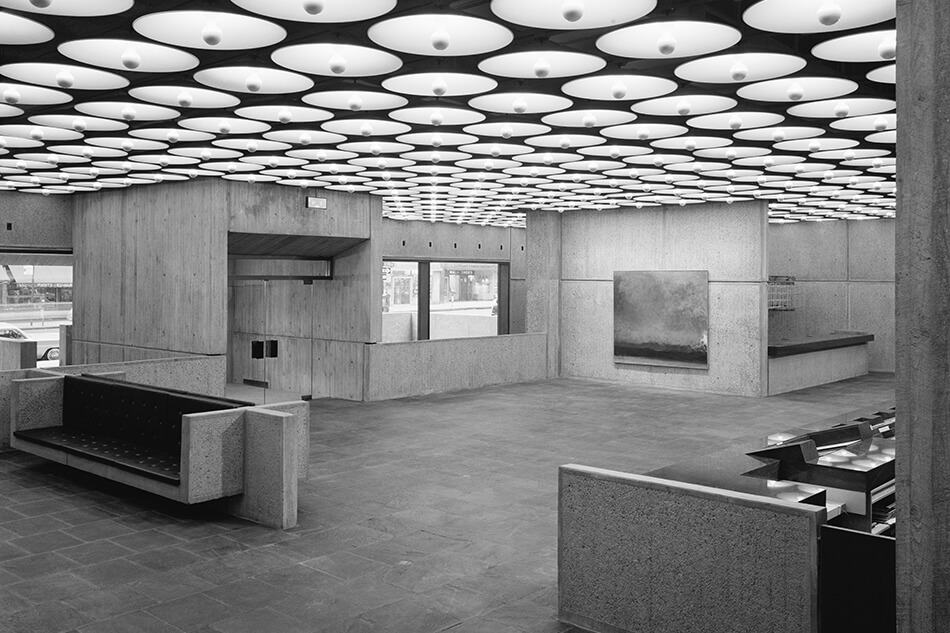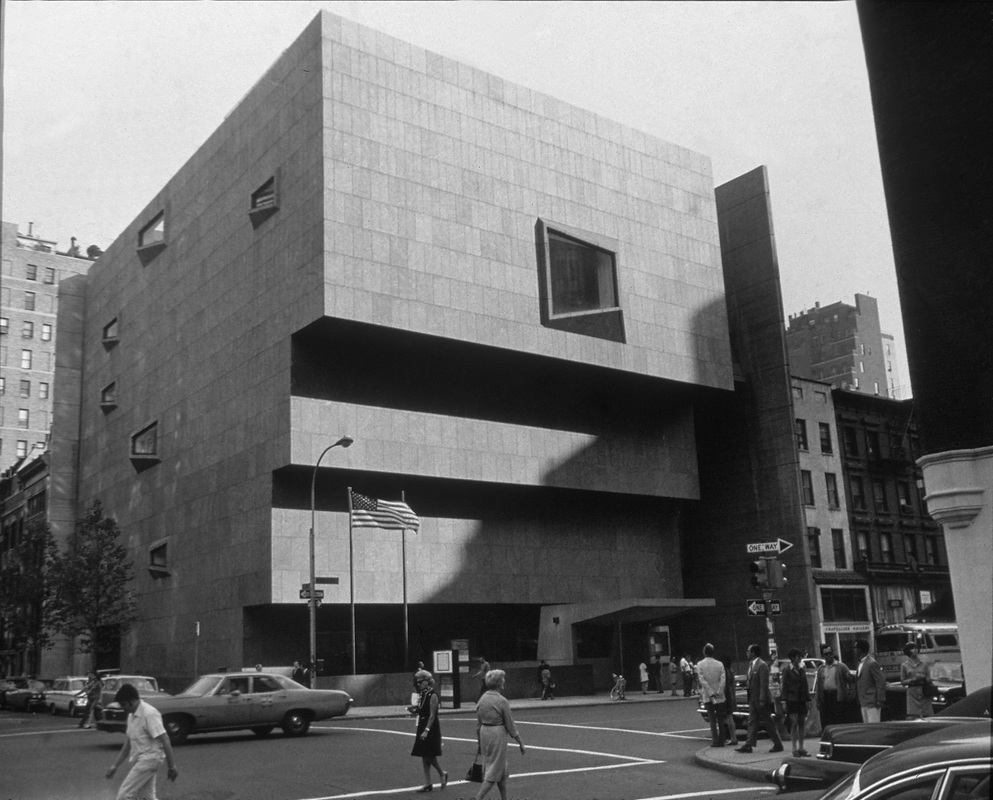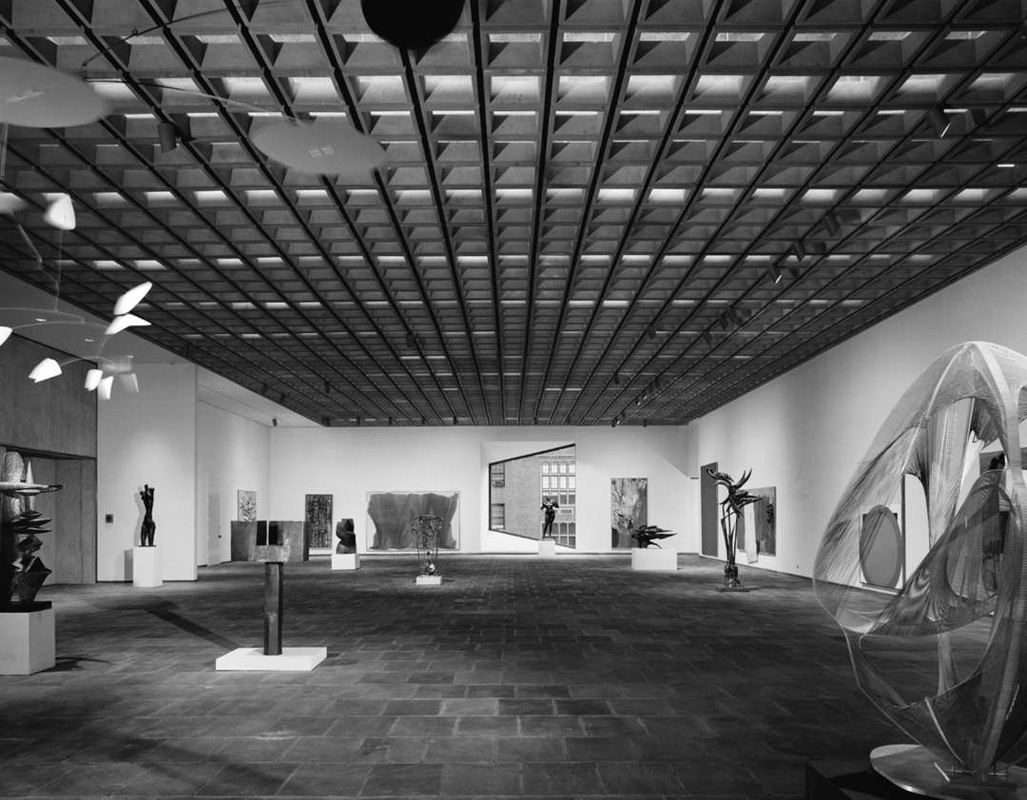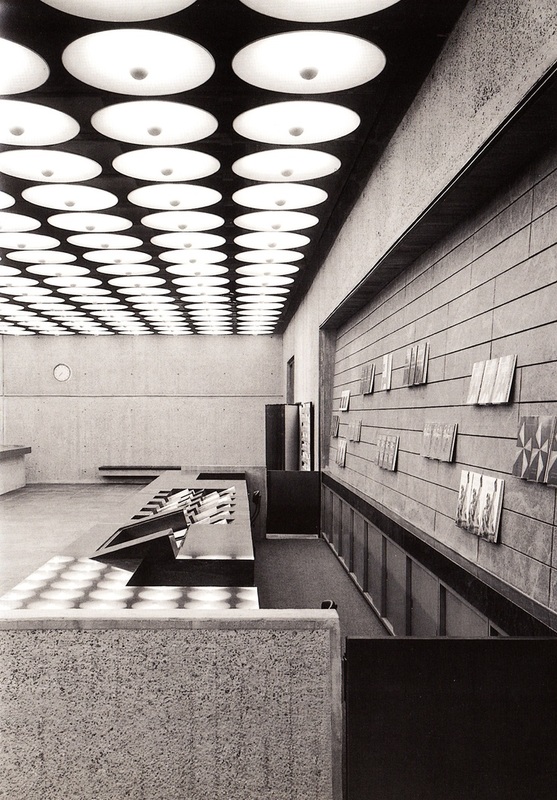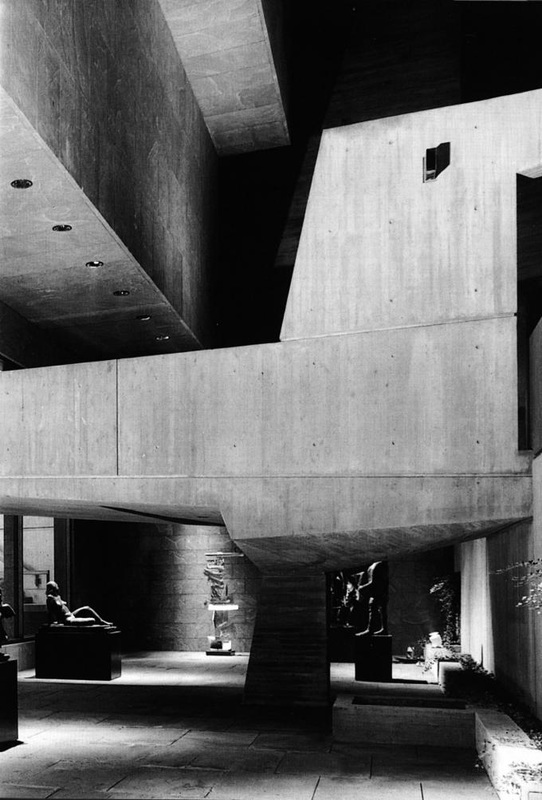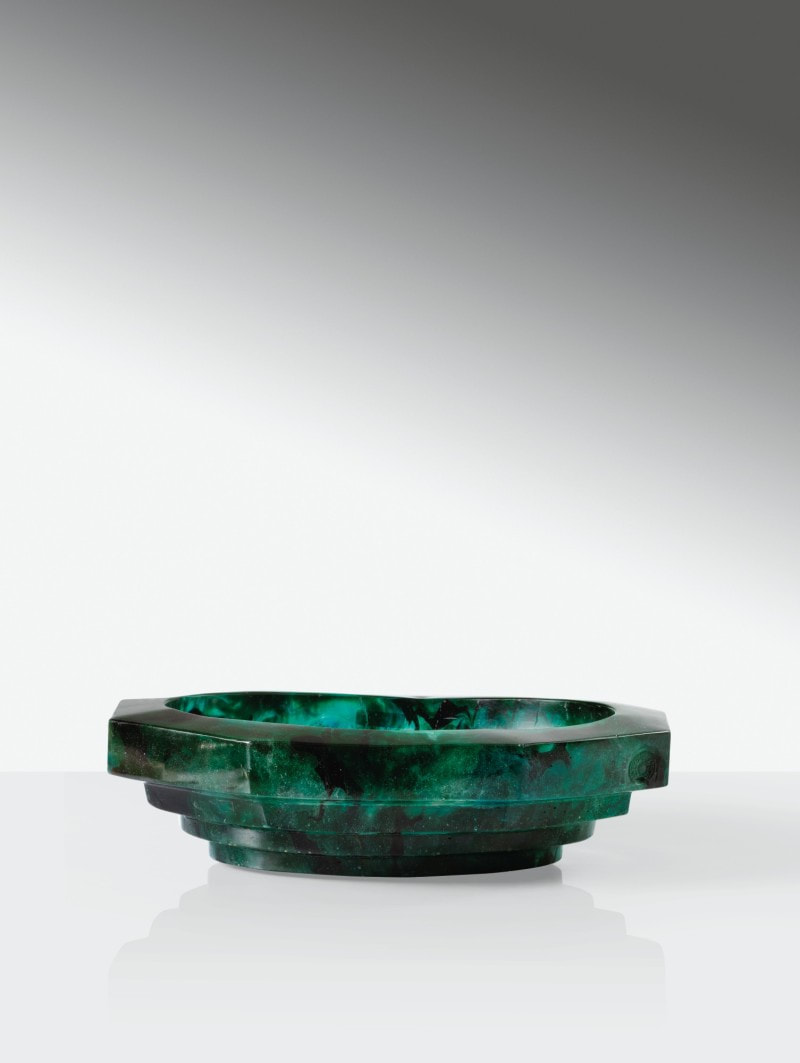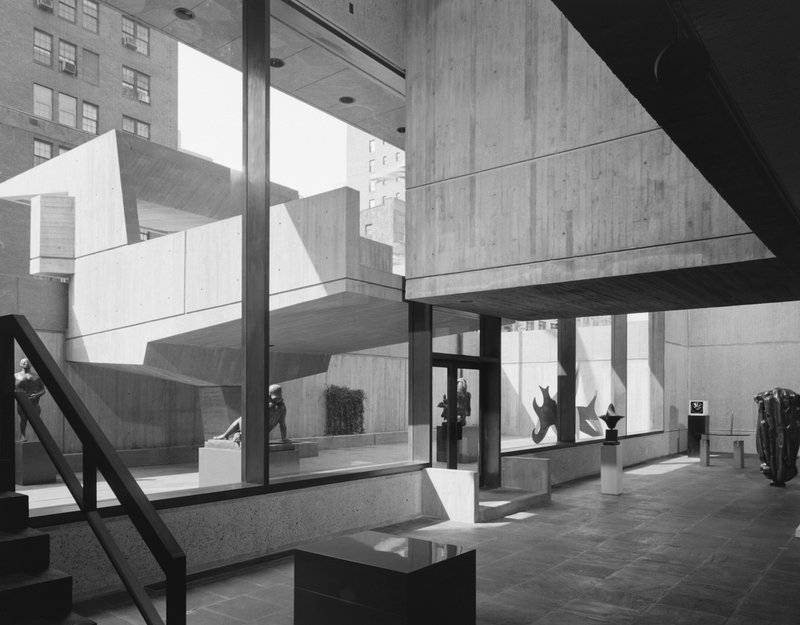Yesterday we went to the Met Breuer, the former Whitney Museum, now the Met’s new space dedicated to modern and contemporary art, to view two exhibitions, “Arbus: In the Beginning,” and ‘‘Unfinished: Thoughts Left Visible.” The presentation of the first is stunning, with each of the photographs framed in black and hung on a gray wall partition column stretching from floor to ceiling, set in rows and layers when highlighting the layers of the emotional relationships that the influential artist tended to have with her unconventional subjects; the second presents great artworks across centuries, all left unfinished. But not about the exhibition I want to speak, but about the building and the experience that the architecture provides when viewing art. Designed in the 60s by Bauhaus-trainer architect Marcel Breuer in the Brutalist mode, it was at first hated, and even described by New York Times architecture critic Ada Louise Huxtable as “the most disliked building” in the city. But the building has still become not just an icon, but one of the most beloved museums in NYC. From the minute you enter the building into the expansive lobby with its magnificent matrix of circular lights (seen above in the iconic photograph by Ezra Stoller), through the visit in the galleries, the architecture provides a memorable, pleasant experience of viewing art. The galleries present the works in the most intimate, emotional way, seen against the concrete walls and the waxed blue stone floors, which provide heroic, yet familiar backdrop. Just made me understanding (again) why I find it hard to visit the new Whitney Museum, opened last year at the south end of the High Line, because when you visit the Met Breuer, you feel exactly the way you should feel when entering a museum; looking at the black-and-white photographs of the buildings when completed in 1966, the similarity is striking – because the Me Breuer has not changed.

